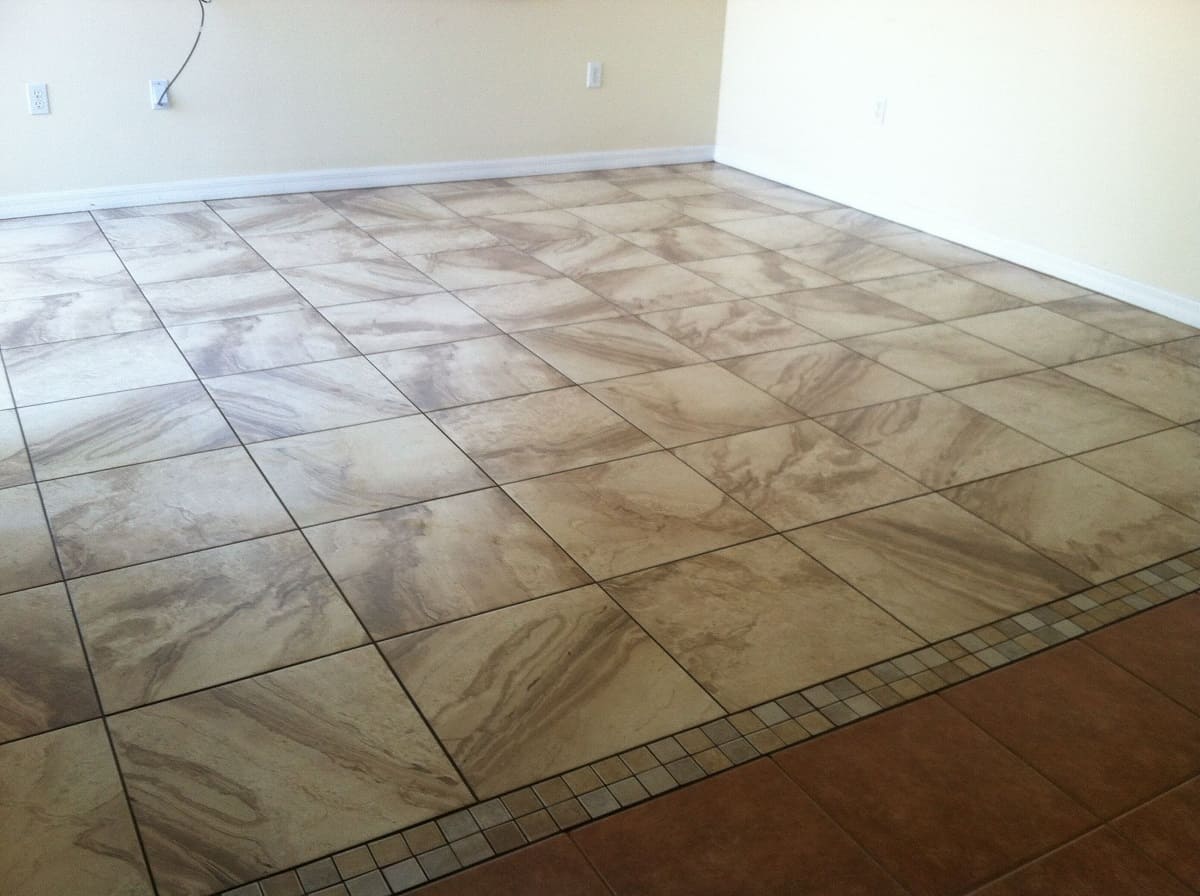

Articles
What To Do When You Can’t Match Floor Tiles
Modified: May 6, 2024
Discover helpful articles on what to do when you can't match floor tiles. Find solutions and tips to guide you through this flooring dilemma.
(Many of the links in this article redirect to a specific reviewed product. Your purchase of these products through affiliate links helps to generate commission for Storables.com, at no extra cost. Learn more)
Introduction
When it comes to home improvement projects, one common challenge that homeowners may face is trying to match floor tiles. Whether you are renovating a room or a larger area, finding the exact same tiles to match can be a difficult task. This can happen for various reasons, such as discontinued tile models, limited availability, or simply wanting to introduce a new design element. While it may seem like a frustrating dilemma, there are several practical solutions to consider when you can’t match floor tiles.
In this article, we will explore different methods to address this issue, allowing you to transform your floor into a cohesive and visually appealing space. From embracing the mismatched tiles to utilizing creative techniques, there are plenty of options to consider. Let’s delve into the strategies that can help you overcome the challenge of unmatched floor tiles.
Key Takeaways:
- Embrace the mismatch: Turn mismatched floor tiles into a design statement by creating focal points, mixing and matching different tiles, and using lighting to highlight specific areas. Embracing the differences can add character and uniqueness to your space.
- Seek professional advice: When facing the challenge of mismatched floor tiles, consulting with professionals can provide valuable insights, product and material knowledge, design expertise, budget considerations, and access to resources. Their expertise and industry connections can help you find the best solution for your specific situation.
Read more: What Floor Color Will Match Oak Cabinets
Assess the Situation
The first step in addressing the challenge of unmatched floor tiles is to assess the situation. Take a closer look at your existing tiles and determine the extent of the mismatch. Consider factors such as the size, color, pattern, and texture of the tiles. Is the difference noticeable or subtle? Does it significantly affect the overall aesthetic of the space?
If the mismatch is minimal and does not detract from the overall look of the room, you may decide that it is acceptable. In some cases, the variation in tiles can even add character and uniqueness to the space. However, if the difference is more apparent and negatively impacts the visual appeal, it’s time to consider alternative options.
Additionally, think about the reasons behind the mismatch. Is it due to the unavailability of the exact same tiles? Has the tile model been discontinued? Understanding the cause can help you explore suitable solutions that will blend seamlessly with your existing tiles.
Take precise measurements of the room and the current tiles to assist you in finding alternative options. This step will ensure that any new materials you introduce are compatible with the existing space. By assessing the situation thoroughly, you can make informed decisions and plan your approach accordingly.
Consider Alternative Options
When you can’t match floor tiles, it’s essential to explore alternative options that will help you achieve a cohesive look. Here are a few alternatives to consider:
- Find close matches: While it may be challenging to find an exact match for your existing tiles, you can look for tiles that are similar in color, texture, or pattern. Visit tile showrooms, home improvement stores, or online retailers to see if you can find tiles that closely resemble your existing ones. Keep in mind that the closer the match, the less noticeable the difference will be.
- Choose a complementary color: Instead of trying to find an exact match, consider selecting a tile color that complements your existing tiles. Look for shades that enhance the overall aesthetic of the room and create a cohesive visual transition between the different tiles. This approach can create an intentional design element, rather than trying to hide the mismatched tiles.
- Opt for a contrasting design: Embrace the mismatch and turn it into a design statement. Choose a contrasting tile design that adds visual interest and creates a deliberate contrast between different sections of the floor. For example, if your existing tiles are plain, consider introducing a patterned tile as an accent or focal point.
- Consider a different flooring material: If finding a close match or a complementary tile proves difficult, you may want to consider using a different flooring material altogether. This approach can create a designated area or zone within the room, delineating different functional spaces. For example, you could use hardwood flooring in the dining area and tile in the kitchen.
- Use tile overlays or decals: Another option is to use tile overlays or decals to cover the existing tiles partially or entirely. These overlays can mimic the appearance of your preferred tile style and easily adhere to the surface. This approach provides a cost-effective solution without the need for extensive tile replacement.
Remember, each alternative option has its advantages and limitations. Consider your budget, personal preference, and the overall aesthetic you want to achieve before making a decision.
Embrace the Mismatch
Instead of trying to hide or fix the mismatched floor tiles, another approach is to embrace the differences and make them a deliberate part of your design. Sometimes, embracing the mismatch can create a unique and visually stunning result. Here are a few ideas on how to embrace the mismatch:
- Create a focal point: Use the mismatched tiles to create a focal point in the room. Strategic placement of contrasting tiles can draw attention and become a design feature. For example, you can create a pattern or a mosaic using the mismatched tiles in a specific area of the floor, such as underneath a dining table or in the center of the room.
- Mix and match: Instead of trying to find the exact same tiles, mix and match different tile styles to create a cohesive yet eclectic look. Combine tiles of different sizes, colors, or textures to create a unique pattern. This method works particularly well in spaces like bathrooms or kitchens, where you can separate different functional areas using different tiles.
- Play with transitions: Use the mismatched tiles as part of a transition zone between different rooms or flooring materials. By purposefully incorporating the mismatched tiles at the edges or borders, you can create a gradual and intentional change between floor coverings. This can be done by using different shapes, colors, or patterns to visually guide the eyes from one area to another.
- Highlight with lighting: Employ strategic lighting to highlight certain areas of the floor and draw attention away from the mismatch. Use spotlights, recessed lighting, or decorative fixtures to accentuate specific tile patterns or colors. This will create visual interest and divert focus from the variations in the tiles.
- Create visual separation: Use furniture, rugs, or room dividers to visually separate the mismatched tiles into distinct zones within the room. These elements can help create a sense of purposeful differentiation, making the mismatched tiles feel intentional and part of the overall design scheme.
Embracing the mismatched tiles can provide a unique and artistic touch to your space. It allows you to turn a potential design flaw into a statement piece that adds character and personality to your home.
Use Contrasting Grout
If you can’t match your floor tiles exactly, one effective way to create a cohesive look is by using contrasting grout. While grout may seem like a minor detail, its color can greatly impact the overall appearance of the flooring. By intentionally choosing a contrasting grout color, you can enhance the design and draw attention away from the mismatched tiles. Here’s how you can incorporate contrasting grout:
- Dark grout with light tiles: If you have light-colored tiles, opting for a darker grout color can create a striking contrast. This contrast can help define the individual tiles and give the floor a more defined and intentional look. Dark grout can also hide dirt and stains better than lighter grout, making maintenance easier.
- Light grout with dark tiles: Conversely, if you have dark-colored tiles, using a light-colored grout can create a striking and dramatic effect. The contrast between the tiles and the grout will emphasize the pattern and texture of the floor. Light grout also tends to make a space feel more open and expansive.
- Contrast the grout with both tile colors: If you have a mix of different-colored tiles, choose a grout color that contrasts with both tile colors. This approach can help visually unify the tiles while still acknowledging the differences. By selecting a complementary or contrasting grout color, you can create a harmonious blend that ties the floor together.
Remember to consider the overall aesthetic you wish to achieve. Contrasting grout can be a bold design choice that adds character and visual interest to your floor. However, be mindful that a high-contrast grout color may draw more attention to the mismatched tiles. If you prefer a more subtle look, consider opting for a grout color that blends harmoniously with the tiles, minimizing the visual impact of the mismatch.
Before applying the grout, make sure to test the color on a small area to ensure you are happy with the result. It’s also important to follow the manufacturer’s instructions for grout application and proper sealing to ensure durability and longevity.
Using contrasting grout is an effective way to create a visually appealing and cohesive look, even if you can’t match your floor tiles exactly.
If you can’t match floor tiles, consider creating a pattern with different tiles or using a complementary color to create a unique design. Mixing and matching can add visual interest to the space.
Read more: What Are Floor Tiles Made Of
Add a Border or a Pattern
If you’re looking to enhance the appearance of your mismatched floor tiles, adding a border or a pattern can be a great solution. This approach allows you to create a deliberate design element that draws attention away from the mismatched tiles. Here are a few ideas on how to add a border or a pattern to your floor:
- Accent border: Install a border of tiles around the edges of the room or in specific areas to create a visually pleasing frame for the floor. The border tiles can be a different color, shape, or even material, providing an intentional contrast to the rest of the floor. This method can effectively tie the entire space together and give the floor a polished and intentional look.
- Tile patterns: Use a patterned tile or a combination of different tiles to create an eye-catching design on the floor. Whether it’s a mosaic, herringbone, or a geometric pattern, these designs can divert attention from the mismatched tiles and create a focal point. The patterned portion of the floor will attract the eye, making the differences in the tiles less noticeable.
- Transition strip: Install a transition strip between the mismatched tiles and a different flooring material. This strip can be made of wood, metal, or another contrasting material. Besides blending the two areas seamlessly, it can also serve as a design element that adds visual interest to the floor.
- Stencils or decals: If you want a more budget-friendly and temporary solution, consider using stencils or decals to create a pattern on the floor. You can find a variety of stencil designs or tile-like decals that can be easily applied and removed without damaging the existing tiles. This method allows you to experiment with different patterns and designs until you find the one that works best for your space.
- Tile rug effect: Another creative option is to create a “tile rug” effect by strategically placing a different tile pattern or color in a specific area of the floor. This can be done in high-traffic areas such as entryways, kitchens, or bathrooms. By treating this section as a separate design feature, it can distract attention from the mismatched tiles while adding a unique touch to the overall floor design.
When adding a border or a pattern, ensure that it complements the existing tiles and enhances the overall aesthetic of the space. Take measurements and plan the layout before installation to ensure a seamless integration of the new elements with the existing floor.
By incorporating borders, patterns, or visually distinct areas into your floor design, you can transform the appearance of your mismatched tiles and create a visually appealing and intentional look.
Create a Transition Zone
When you can’t match floor tiles, creating a transition zone can be a practical and visually appealing solution. This approach allows you to purposefully separate the different tile styles, turning the mismatch into a deliberate design element. Here’s how you can create a transition zone:
- Use a different tile shape or size: Instead of trying to match the exact same tiles, opt for a different tile shape or size for the transition zone. For example, if you have square tiles, consider using rectangular tiles or a different geometric shape to create a clear boundary between the two areas. This change in tile shape will naturally guide the eye and differentiate one section from another.
- Introduce a different tile material: Rather than trying to match the tiles exactly, use a different tile material for the transition zone. For instance, if you have ceramic tiles, you can introduce natural stone or porcelain tiles as a border or section between the mismatched tiles. This contrast will create a distinct visual separation while adding texture and interest to the floor.
- Add decorative elements: Enhance the transition zone by incorporating decorative elements such as mosaic patterns, medallions, or tile borders. These decorative elements can be placed as a focal point or used to highlight the transition. By strategically positioning these features, you can draw attention to the intentional separation and divert focus from the mismatched tiles.
- Use contrasting colors: Choose contrasting colors for the transition zone to make it stand out. By selecting a color that complements both sets of tiles while providing a clear distinction, you can create a seamless transition that blends harmoniously with the overall floor design. The contrast in colors will help elevate the aesthetic appeal of the transition zone.
- Create a gradual blend: If the mismatched tiles have a subtle difference, you can create a gradual blend between the two areas. Use a combination of tiles in varying shades or patterns to transition smoothly from one style to another. This will soften the contrast and create a gentle, flowing transition that eases the eye between the different tiles.
When planning the transition zone, consider the layout and function of the room. Ensure that the transition is placed in an area that makes sense aesthetically and practically. Additionally, take precise measurements and carefully plan the layout before installation to ensure a seamless and visually pleasing result.
A well-designed transition zone can transform the mismatched tiles into a deliberate design feature that adds visual interest and sophistication to your floor.
Use Area Rugs or Mats
When you can’t match floor tiles, using area rugs or mats is a versatile and effective solution. This approach allows you to cover the mismatched tiles partially or entirely, providing a cohesive and visually appealing look. Here’s how you can incorporate area rugs or mats:
- Choose a large rug: Opt for a large area rug that covers the majority of the space with mismatched tiles. This will create a unified and cohesive look while concealing the differences beneath the rug. Make sure to select a rug that complements the overall aesthetic of the room and coordinates with the existing tiles. With various textures, colors, and patterns available, you’ll have plenty of options to choose from.
- Layer rugs: Experiment with layering different rugs to create a unique and eclectic look. By placing smaller rugs or runners strategically on top of the mismatched tiles, you can add texture, color, and pattern to the floor while minimizing the visual impact of the tiles’ differences. This method allows you to introduce a variety of styles and shapes to complement the existing tiles.
- Use hallway or entryway mats: If the mismatched tiles are present in high-traffic areas such as hallways or entryways, consider using hallway mats or entryway rugs to create a transition. These mats can serve as a visual break between the different tile styles while protecting the floor from wear and tear. Look for durable and slip-resistant options that can withstand heavy foot traffic.
- Create defined zones: Use area rugs or mats to create defined functional zones within a larger space. For example, if the mismatched tiles are in a living room, you can place a rug underneath the seating area to clearly delineate that section. By doing so, you draw attention to the intentional separation and minimize the focus on the mismatched tiles in the rest of the room.
- Customize with carpet tiles: Another creative option is to use carpet tiles to cover the floor partially or entirely. Carpet tiles come in various shapes, sizes, and designs, allowing you to create a custom look. This approach is particularly useful if the mismatched tiles are concentrated in a specific area. Carpet tiles can be easily installed and replaced if necessary, offering flexibility and personalization.
Area rugs and mats not only provide a practical solution to the mismatched tiles but also add warmth, texture, and style to your space. They can effortlessly tie in the existing tiles with other elements in the room, creating a cohesive and well-designed look.
When selecting rugs or mats, consider the size, shape, and color to ensure they complement the overall aesthetic of the room. Additionally, choose options that are durable, easy to clean, and appropriate for the specific area where they will be placed.
Seek Professional Advice
When you find yourself unable to match floor tiles, seeking professional advice can be invaluable. A professional can provide expert guidance and offer tailored solutions to help you overcome the challenge of mismatched tiles. Here’s why it can be beneficial to consult with a professional:
- Product and material knowledge: Professionals in the industry have extensive knowledge and experience working with a wide range of tile products and materials. They can help you identify suitable alternatives that closely match your existing tiles or suggest complementary options that will blend seamlessly.
- Design expertise: Design professionals can provide valuable insights into creating a cohesive and visually appealing look. They have an eye for aesthetics and can offer suggestions on incorporating patterns, colors, and textures to enhance the overall design while minimizing the impact of the mismatched tiles.
- Budget considerations: Professionals can help you explore cost-effective options that align with your budget. They can guide you in making informed decisions on which solutions will offer the best value for your investment, balancing aesthetics, quality, and price.
- Installation knowledge: If you decide to replace or install new tiles, professionals can ensure proper installation. They have the skills, tools, and expertise to handle the process efficiently, ensuring the longevity and durability of the finished result.
- Access to resources: Professionals often have access to a wide network of suppliers and manufacturers. They can help you source hard-to-find tiles or recommend reputable vendors who may have discontinued designs that match or complement your existing tiles.
When seeking professional advice, consider consulting with tile installers, interior designers, or tile showrooms. Reach out to multiple professionals to get different perspectives and recommendations. Prepare a list of questions and provide them with as much information as possible about your existing tiles, your preferences, and the limitations you are facing.
By working with a professional, you can benefit from their expertise, creativity, and industry connections, giving you more confidence and peace of mind in finding the best solution for your mismatched floor tiles.
Conclusion
Dealing with mismatched floor tiles can be a challenging task, but it doesn’t have to be a design disaster. By considering alternative options, embracing the mismatch, and utilizing creative techniques, you can transform your floor into a cohesive and visually appealing space.
Assessing the situation and understanding the reasons behind the mismatch is the first step. This will help you determine the extent of the issue and guide you in finding the most suitable solution. Whether it’s finding close matches, opting for contrasting grout, or adding a border or pattern, there are various approaches to consider.
Creating a transition zone or using area rugs and mats can also be effective in covering or blending the mismatched tiles. These methods allow you to create intentional breaks and define separate zones while adding style and functionality to your space.
Lastly, seeking professional advice can provide valuable insights and expert guidance. Professionals in the industry can offer tailored solutions and make recommendations based on their knowledge and experience.
Remember, the goal is to create a visually pleasing result that suits your personal preferences and fits within your budget. Each solution has its advantages and limitations, so it’s important to consider all factors and weigh the options before making a decision.
With a bit of creativity, open-mindedness, and the right guidance, you can transform your mismatched floor tiles into an opportunity to embrace uniqueness and create a stunning and harmonious floor design in your home.
Once your floor tile mismatch issue is sorted, consider next steps for your home’s aesthetic. For those planning more comprehensive upgrades, diving into different flooring options becomes vital. Hardwood floors offer warmth and style that few materials can match. Curious about which types are best suited for your renovation project? Our detailed guide on top hardwood flooring choices will help make your decision easier, ensuring your space looks fantastic and functions beautifully.
Frequently Asked Questions about What To Do When You Can't Match Floor Tiles
Was this page helpful?
At Storables.com, we guarantee accurate and reliable information. Our content, validated by Expert Board Contributors, is crafted following stringent Editorial Policies. We're committed to providing you with well-researched, expert-backed insights for all your informational needs.

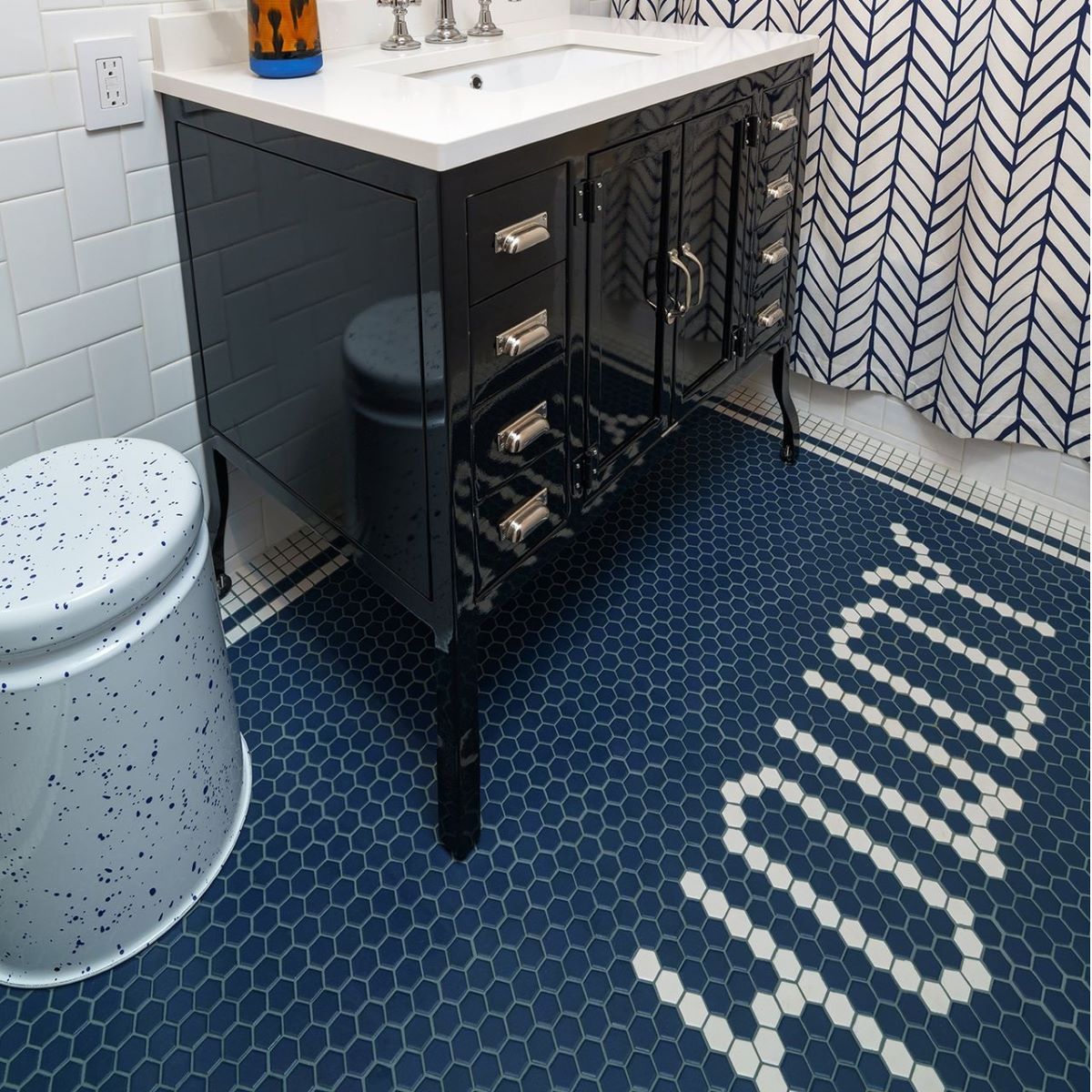
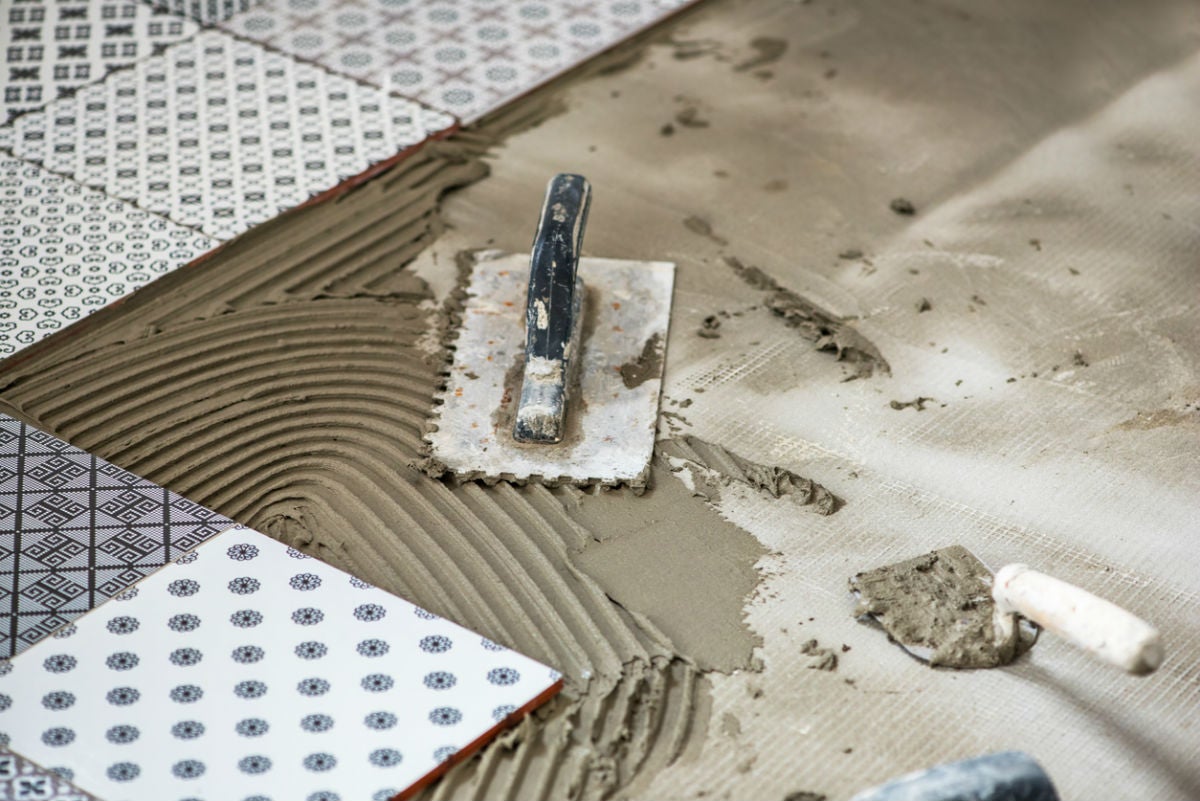
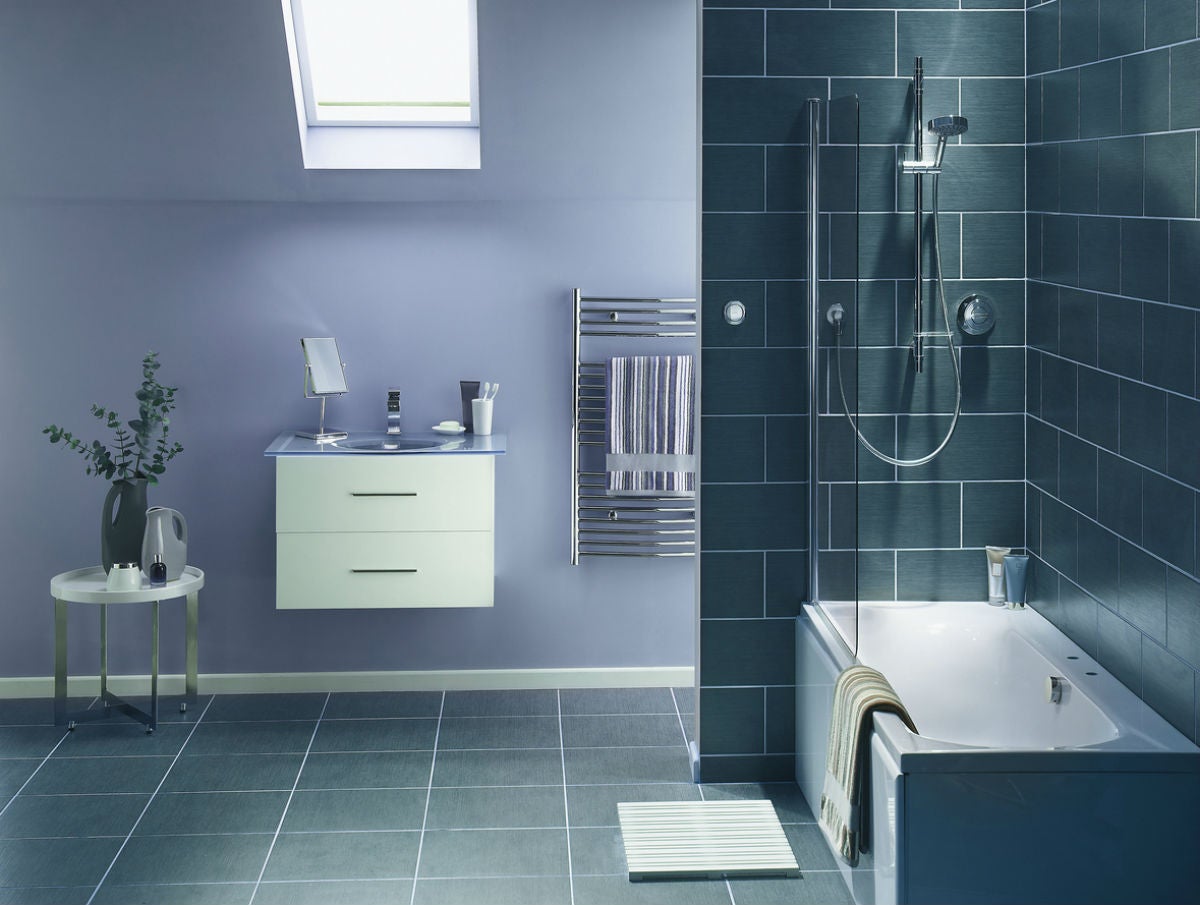
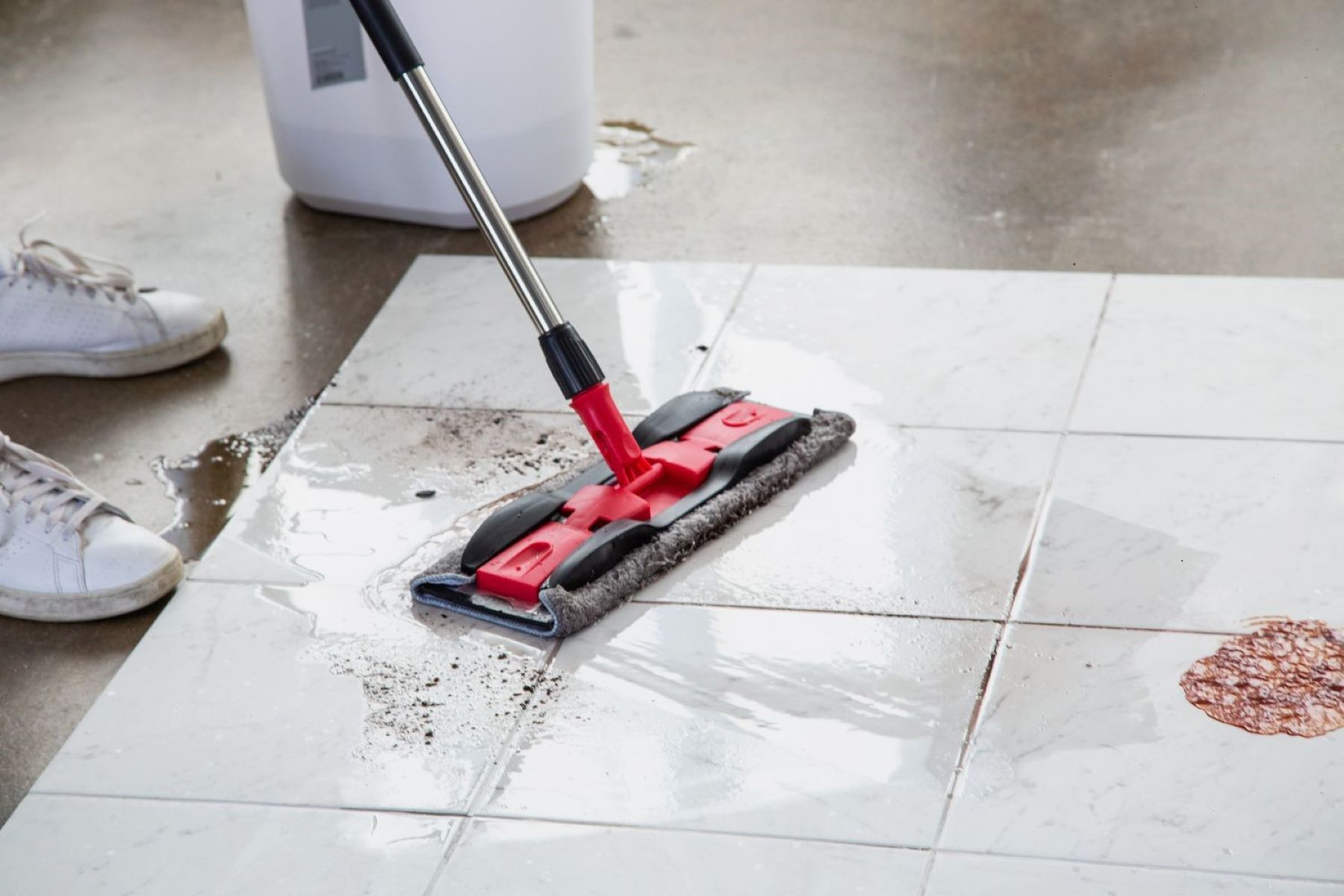
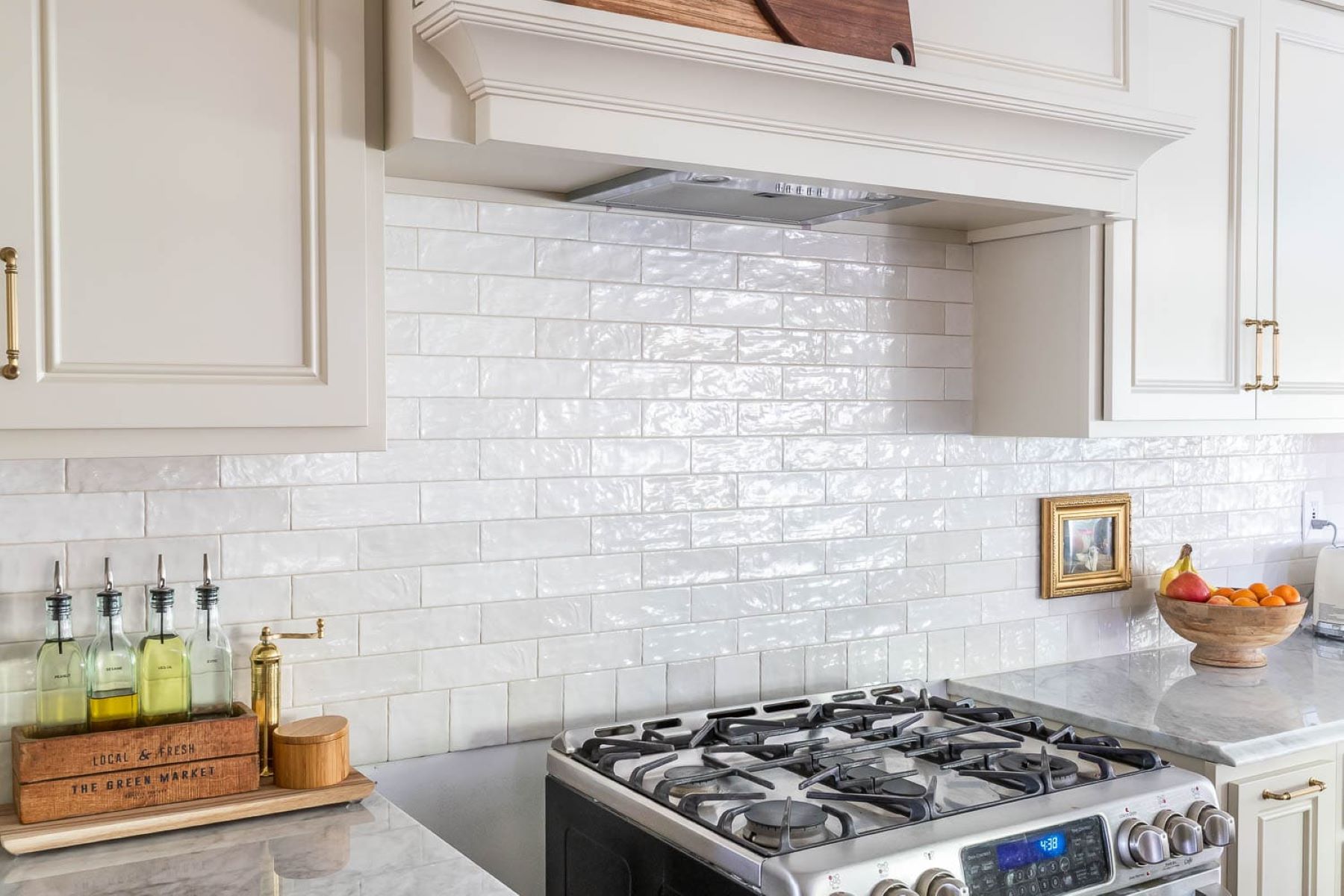
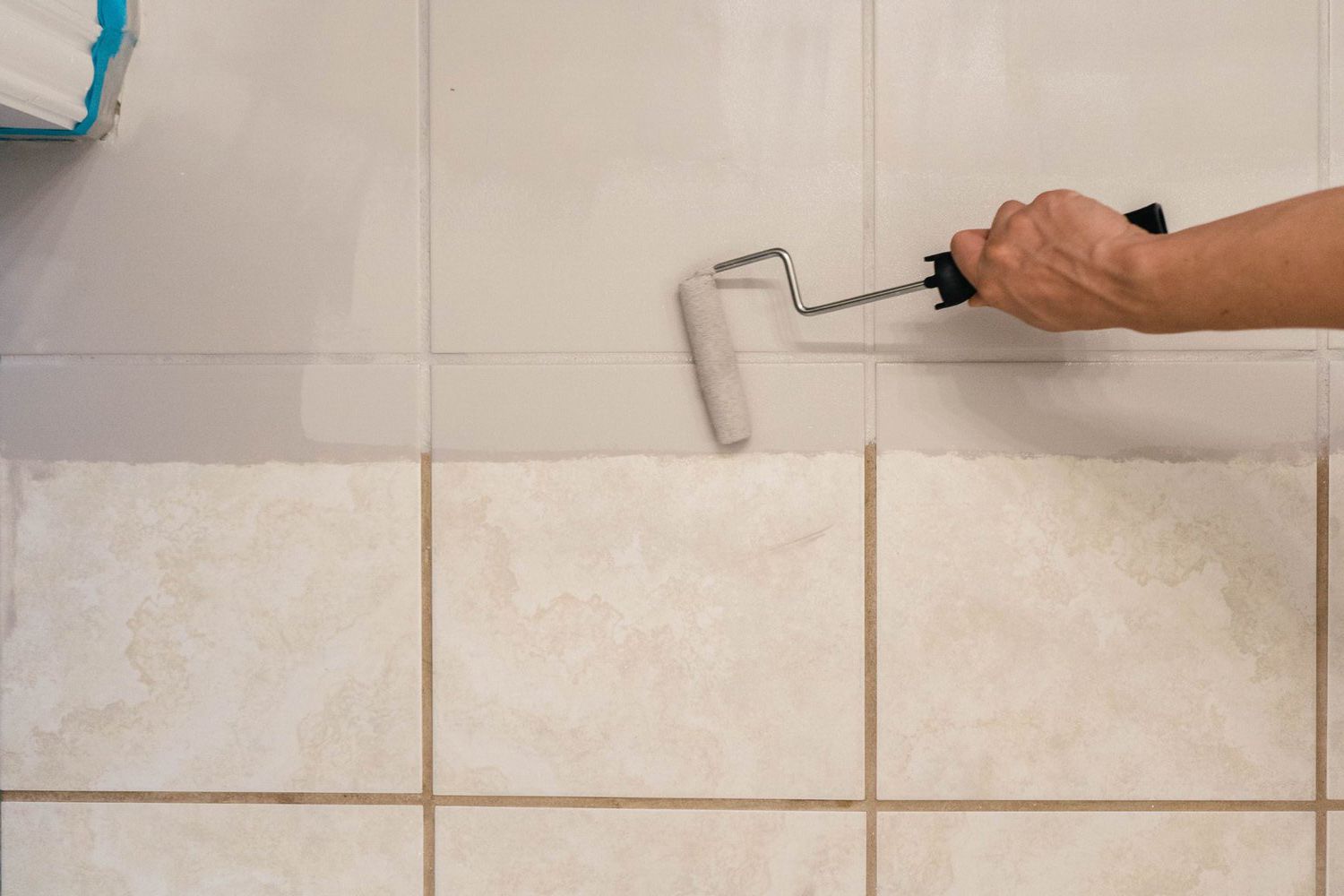
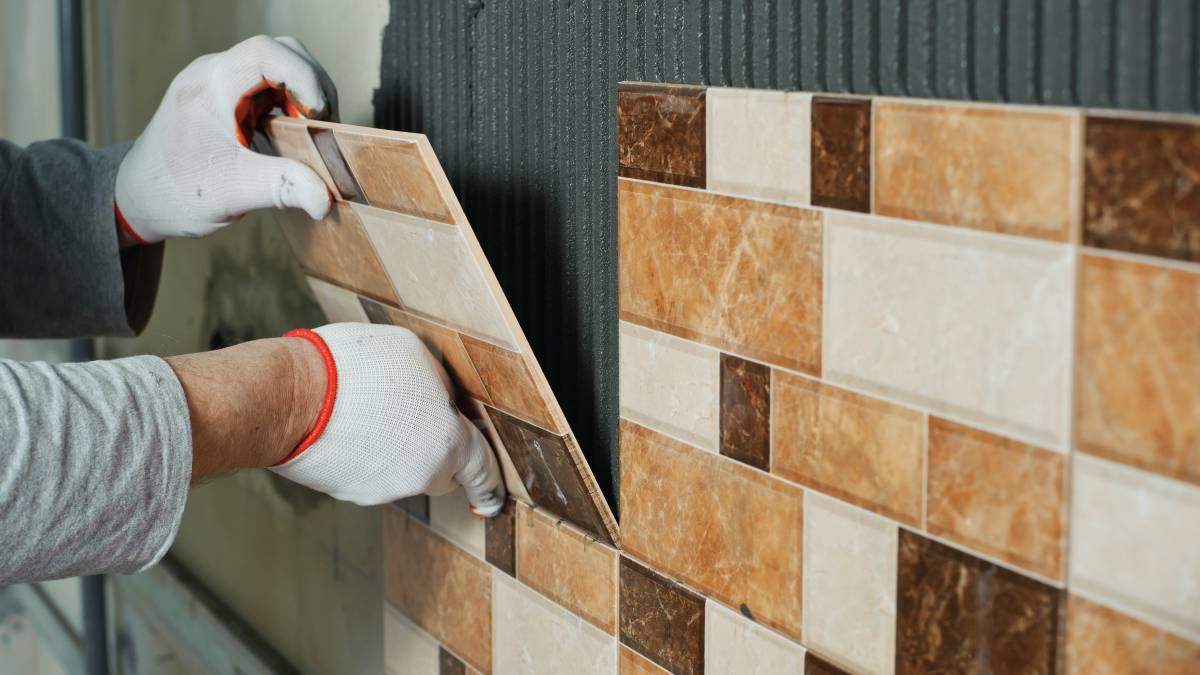
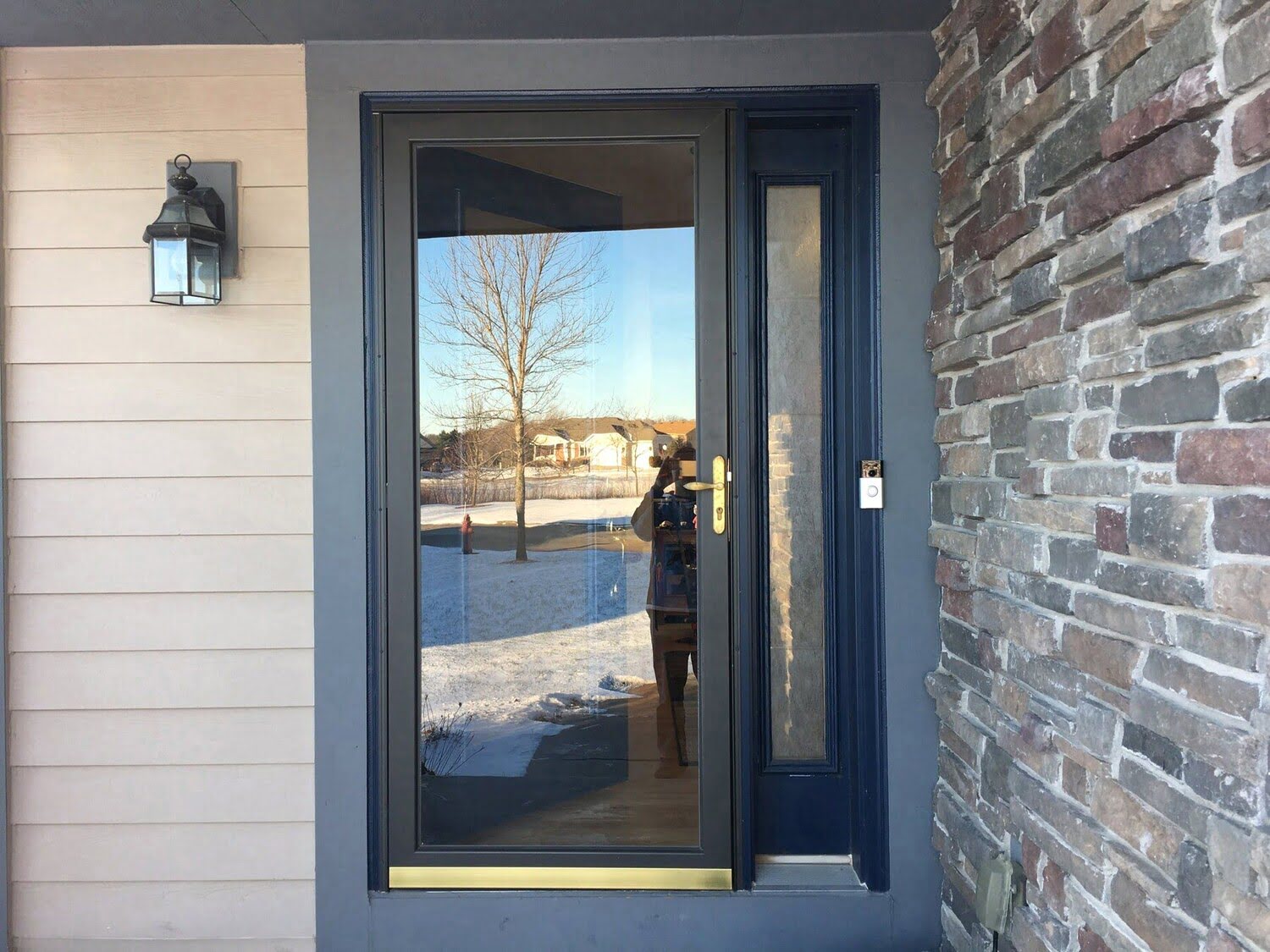

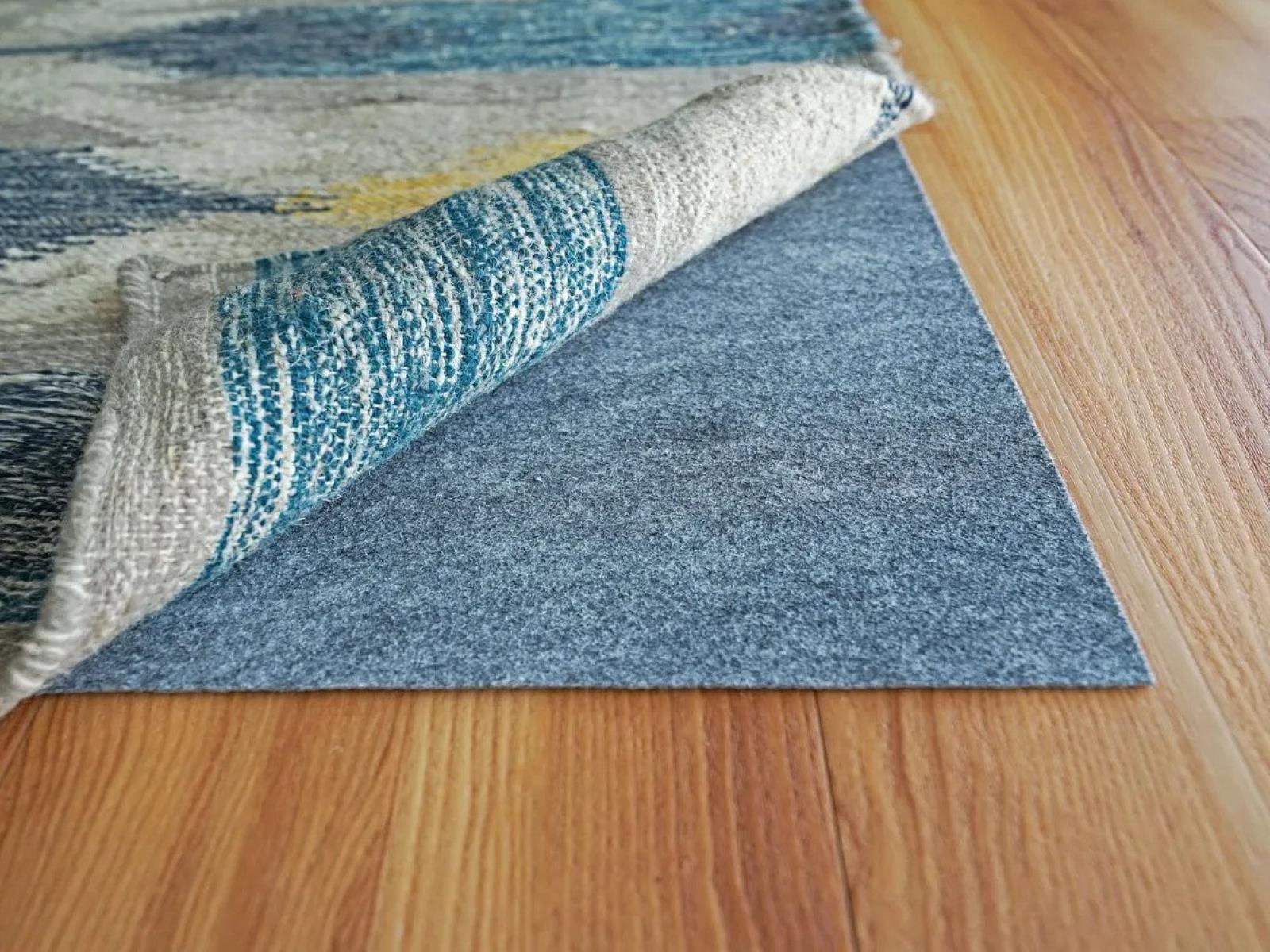

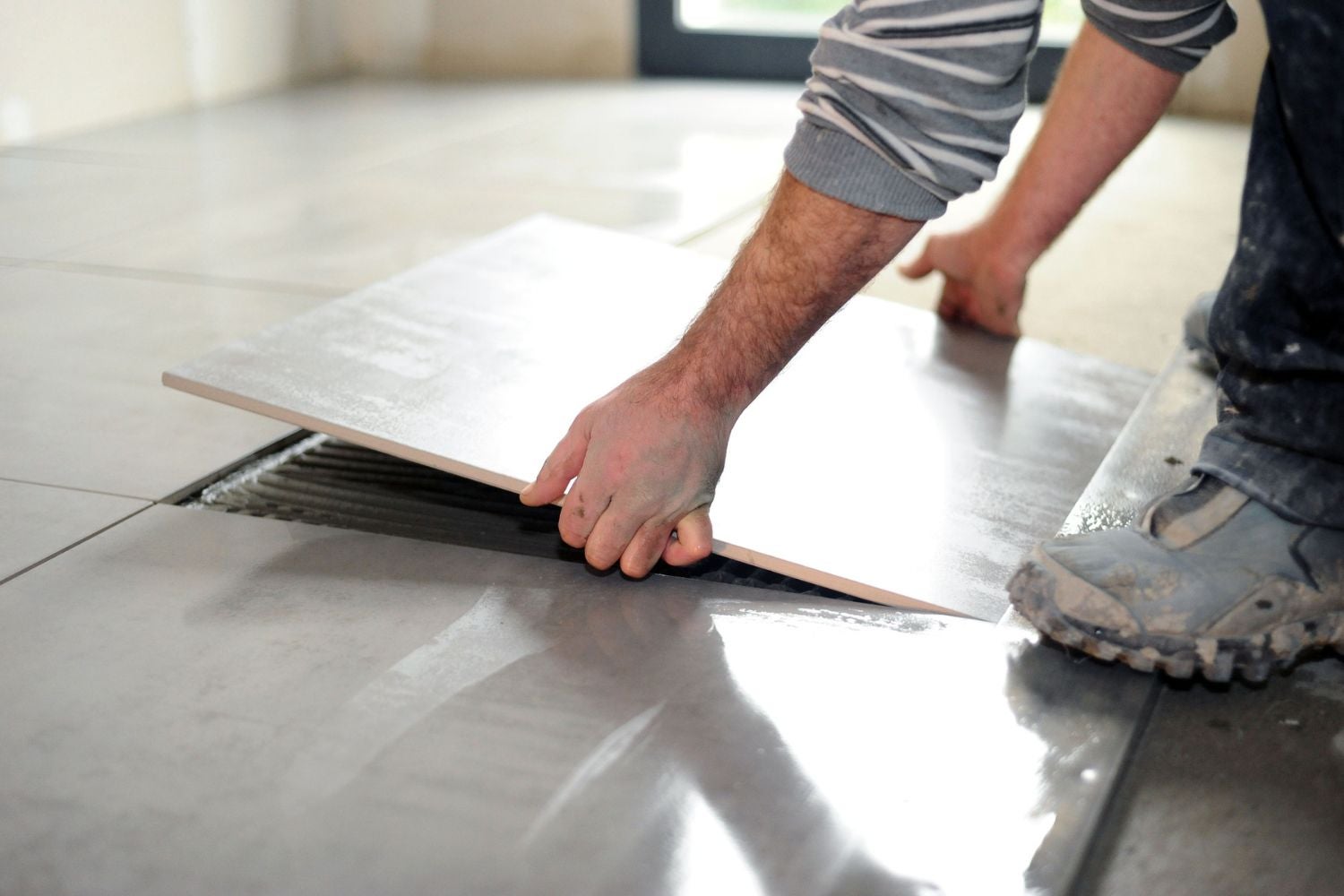

0 thoughts on “What To Do When You Can’t Match Floor Tiles”